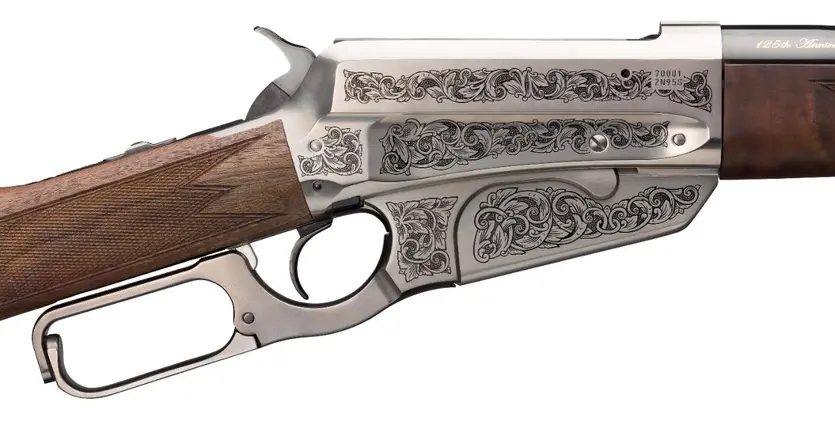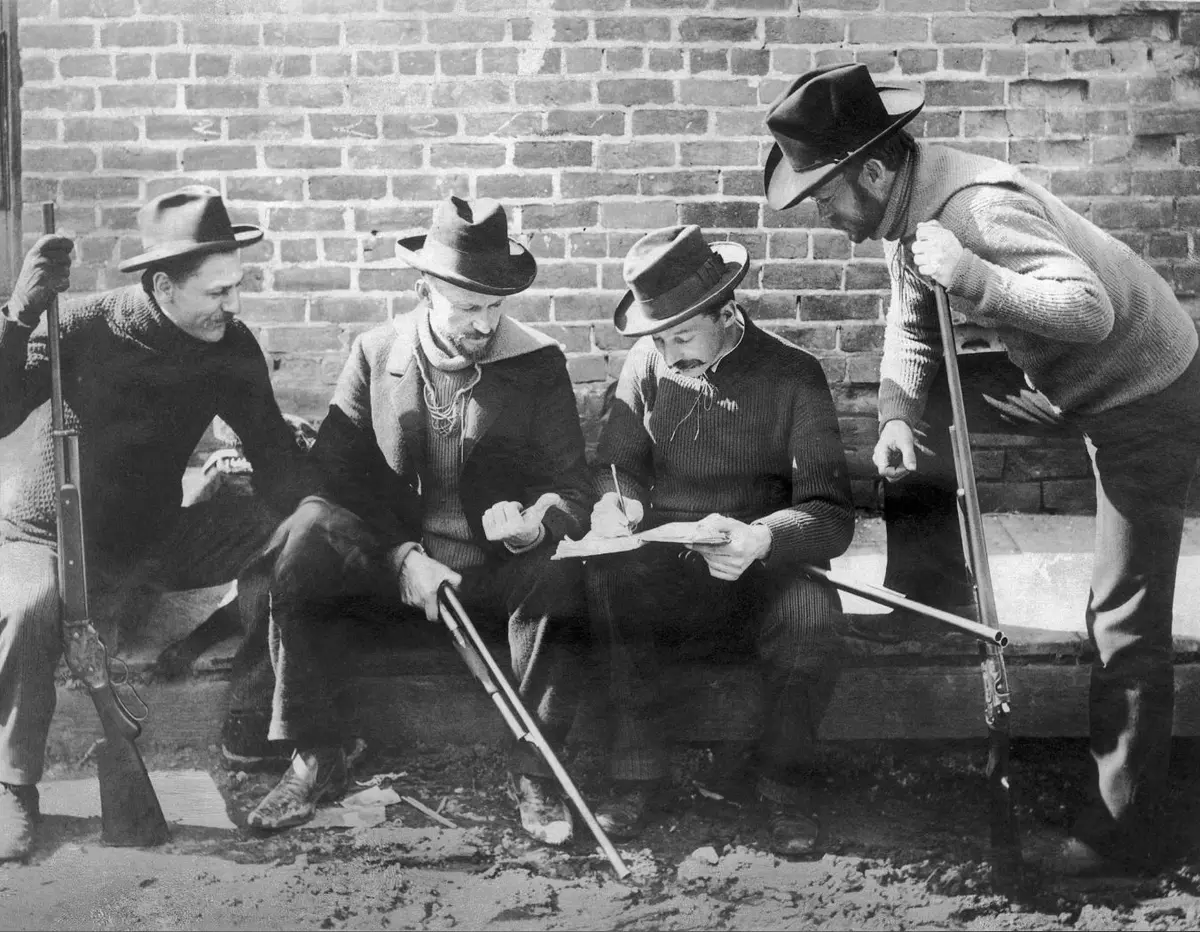John Moses Browning and the Winchester Connection
John Moses Browning and the Winchester Connection
Three years after Oliver Winchester was laid to rest in 1880, company Vice-President Thomas Bennet took a train to Utah to meet a man who was building an innovative single-shot rifle.
That man was John Moses Browning, and the rifle was his first patented design. In 1883 Bennet secured the rights to that patent and two years later Winchester unveiled the Winchester Model 1885. Extremely strong and accurate, this falling block single-shot became a favorite big game hunting and target rifle.
Shown are an original 1885 Single Shot and one of today's Winchester 1885 rifles.
It was eventually chambered for a greater variety of cartridges than any other Winchester had to that point. Ned Roberts, creator of the .257 Roberts cartridge, claimed the M1885 was “the most reliable, strongest and altogether best single-shot rifle ever produced.” It’s still being manufactured and is capable of handling even the most powerful modern cartridges.
With a famous, high-volume manufacturer available to build his firearms, Browning unleashed his inventive genius. He began showering Winchester with model after model, making the famous Winchester lever-actions stronger and more durable than ever. The M1886 featured twin vertical locking lugs to seal the breech bolt against the chamber. This permitted the use of longer cartridges like the .45-70 Govt. His lighter version of this rifle, the M1892, was chambered for smaller cartridges like the .44- 40 and .25-20. Browning and Winchester’s crowning glory came out two years later—the M94. Here was the perfection of the tubular magazine, lever-action rifle. Designed for the .38-55 cartridge, it proved more than strong enough to handle the new, smokeless powder .30 WCF (.30-30) introduced the very next year. This was the first commercial sporting cartridge to burn smokeless powder, and it included the industry’s first gilding-metal jacketed bullets. Light, trim, strong, rugged and reliable, the M94 has sold more copies than any other hunting rifle. I doubt Browning or Winchester had any idea the M94 and .30- 30 Winchester would become the most popular deer hunting combo in North America.
THE MAJOR WINCHESTERS DESIGNED BY JOHN MOSES BROWNING.
Single-Shot Rifle
- The Single Shot, which became the Winchester 1885 low and high wall rifles
Bolt-Action Rifle:
- Winchester 1900
Lever-Action Rifles:
- Winchester 1886
- Winchester 1892
- Winchester 1894
- Winchester 1895
Lever-Action Shotguns
- Winchester Model 1887/1901
Slide-Action Rifles:
- Winchester 1890
Slide-Action Shotguns:
- Winchester 1897
Despite the success of the M94, neither Browning nor Winchester were resting on their laurels. Anticipating the move to more efficient, jacketed spire point bullets and higher intensity smokeless powder cartridges, Browning engineered and Winchester began building the first lever-action with a fixed-box magazine. They called it the M1895 and chambered it for the .30-40 Krag and eventually the .30-06 Springfield. Roosevelt took an M95 in .405 Winchester to Africa as his “lion medicine.” Western novelist Zane Grey hunted with an M95 in .30-06.
Nearly 300,000 M95s were chambered in 7.62 Russian and sold to that country for military use. During the Spanish-American War, the U.S. War Department ordered 10,000 Model 1895 rifles in .30-40 Krag, but due to the short duration of the war, none of them ever saw action. This was Browning’s last lever-action Winchester.
This blog article, originally titled "Celebrating 150 Years of Winchester: The Legacy of John Moses Browning," is used with permission of Winchester Ammunition. It appeared there during the 150th Winchester Anniversary celebrations. READ IT ON THE WINCHESTER AMMUNITION WEBSITE.
Photos from Winchester Repeating Arms and courtesy the Browning company. Linked photos are used with approval.












